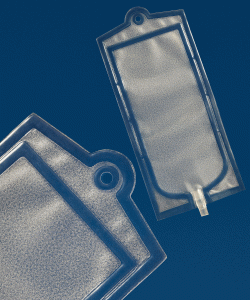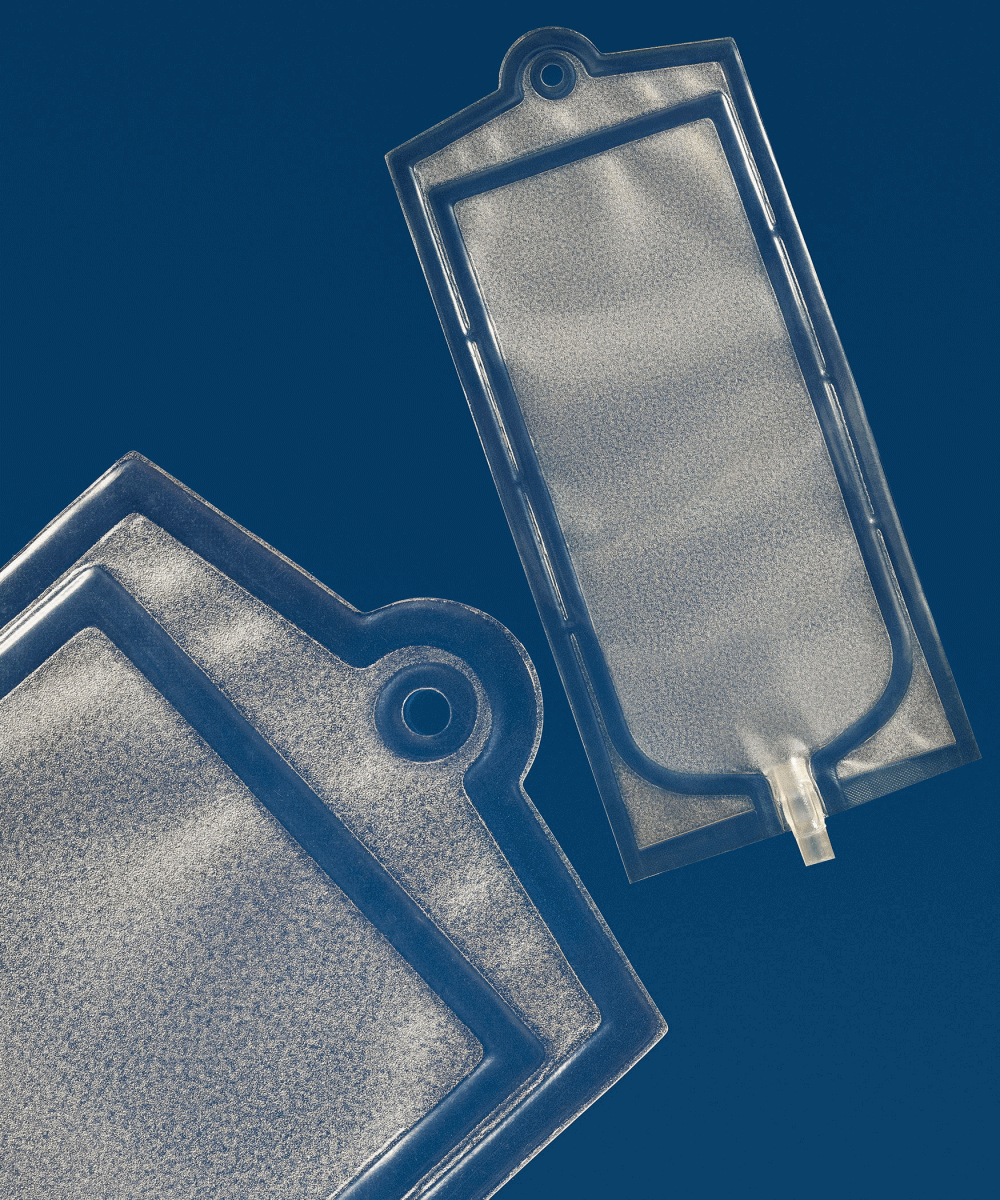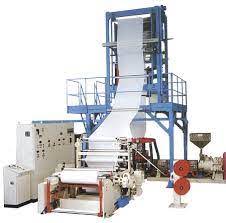
The North American market for plastics used in medical devices is more than $1 billion and growing at a compound annual growth rate of 5.2%, according to a new study from Frost & Sullivan (Mountainview, CA). Total volume is 1,370 million pounds, led by polyvinyl chloride (PVC), polyethylene (PE) and polypropylene (PP).
“While the baby boomer population has surpassed 76 million, the number of young people requiring medical care is also on the rise,” says Shomik Majumdar, vice president, chemicals and materials. “The higher incidence of lifestyle diseases, along with governments’ keener focus on improving healthcare, drives the demand for medical devices and consequently, plastic polymers.”
Favoring plastics’ growth is the move to reduce hospital stays to lower healthcare costs. That is sharply increasing the focus on homecare medical devices and increasing the demand for dialysis kits and diabetes control devices. Trump cards for plastics include their low cost, ability to be designed into complex shapes, their durability and their light weight.
“There has also been heightened focus on engineered polymers such as co-polyether-ester elastomers (COPE), polyether block amides (PEBA), and acetal chemistries that have more advanced performance properties for niche, technologically advanced healthcare applications, such as tissue engineering and implants,” said Research Analyst Tridisha Goswami. “These new materials will expand the scope of plastic polymers’ application and propel the market.”
Concerns about degradability?
The Frost & Sullivan researchers say that environmental concerns, specifically degradability and recyclability, may affect the growth rate of plastics. “Nevertheless, this environmental issue has not reached a critical state. The low price of commodity resins like PE, PP, PVC and their high performance characteristics makes them irreplaceable in the near future.”
To me that’s an odd commentary. Replace plastics with what?
There is a growing trend in American hospitals to take a closer look at the environmental impact of plastics. That effort is very much in its embryonic phase. And the impact, so far, has been replacement of one type of plastic with another type of plastic. Specifically, olefin-based elastomers are in the early stages of replacing polyvinyl chloride in IV bags and tubing.
There is an interest in degradability, but plastics use will grow as a result — not decline. A few major hospitals such as the Cleveland Clinic are now specifying bioplastics in place of other materials and processing them in their in-house composting systems, already in place for food waste.
Copper producers have tried to take advantage of increased interest in antimicrobial surfaces to reduce hospital-borne infections. But plastics companies have developed an impressive array of germ-fighting compounds. I have not heard of any metals-for plastic substitution in the medical market. In fact, just the opposite is happening on a large scale.
Source : http://www.plasticstoday.com/blogs/medical-musings-replace-plastics-what0927201201









